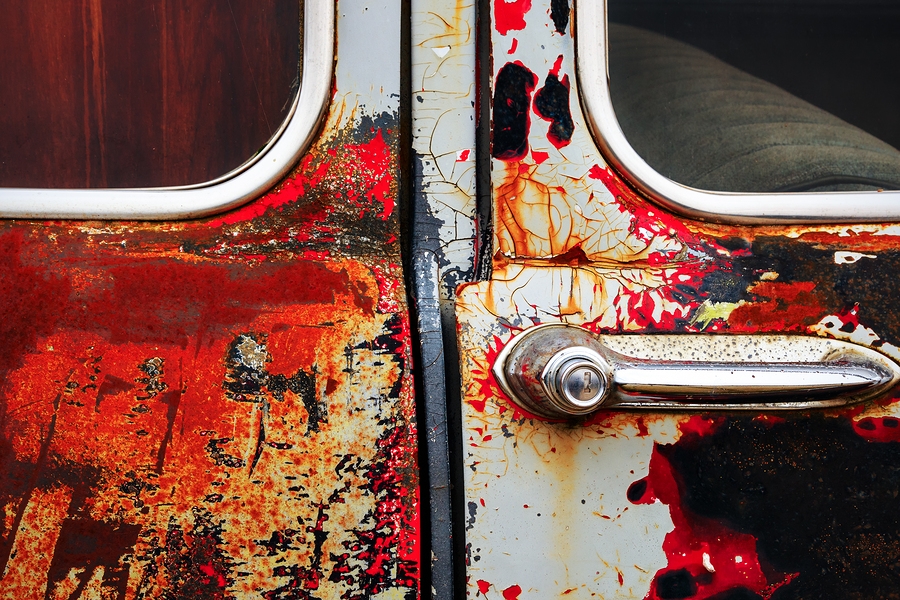Abstract photography is a very interesting form of art and it’s value as a creative channel should not be underestimated.
Even if you’re into something more realistic, like landscapes or street photography, playing with abstract images will have a huge impact on your other work as well. The best thing about it is that you can take photos literally anywhere, at any time, and with whatever camera gear you happen to hold in your hands at that moment. Here are the 3 main elements of abstract photography to help you get inspired.
Shape is the primary element of an abstract image. It can be the details in a beautiful spiral staircase or the angular might of brutalist architecture. The shape does not even have to have a physical presence, it could be ripples of light reflecting in the water of a lake.
You can create abstracts with similar shapes to give apleasing look to the eye, or use very different shapes such as a sharp angle and curves to jar the eye and provoke thought.
Color is what glues the building blocks of shapes together. It is used to delineate the shapes, add contrast to the image and draw the eye into and around the scene. We can use complimentary colors to give a feeling of peace and tranquility or use contrasting colors to create an edgy feel.
We can use the saturation of color to give a mood to our abstract image depending on the ambient light. Soft overcast light gives us a muted calm feel, whilst bright light will saturate colors and add energy and joy to an abstract shot.
With texture, we can also add light and shade as the two work together. Texture adds definition to our shapes and contrast to our colors. We can manipulate the way the texture looks by changing the position and angle of the camera or if using artificial light, the position of the light source.
Light at a narrow-angle to the texture will give a deep, three-dimensional feel to that texture whilst with a high angle, the textures become flatter and harsher looking. Texture does not have to be small, it can be the look of hundreds of identical seats in a stadium, or the cobbles in an old street.
Light and shade are what define not only our textures but our shapes too. We can create a harsh angular abstract using the shadows cast on the joints of a brutalist building, or a soft pleasing image of ripples of wet sand on a beach, low light making the shadows of the curves seem long and soft.

We found a quick and simple video tutorial for you to see how you can literally use any subject for abstract photography.
GO TO THE NEXT PAGE FOR THE VIDEO
Read more about abstract photography over at Light Stalking.
Source: Light Stalking

